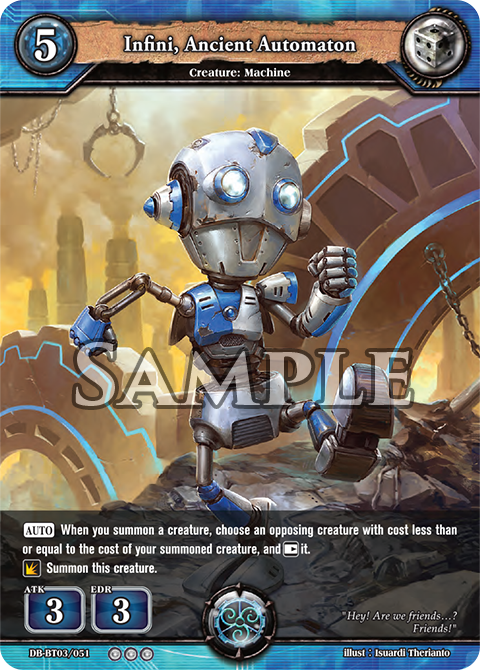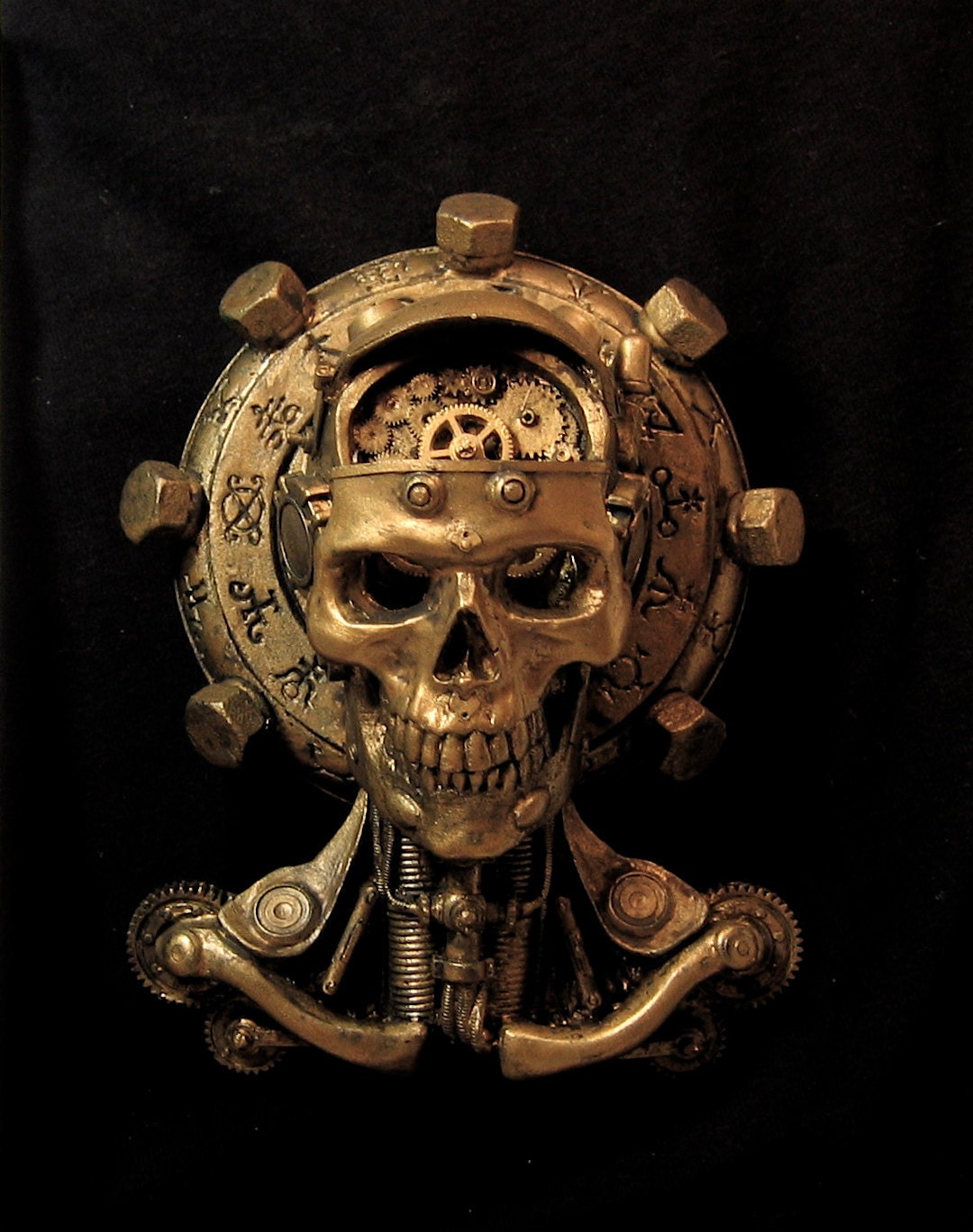

She began to charm Talos with her seductive words. He began to hurl rocks at their vessel as they neared his domain.

Though Jason pleaded with Talos for the provisions they were in dire need of, and promised they would get off the island as quickly as possible, this did not agree with Talos’ agenda. They had just obtained the Golden Fleece and desperately needed to get fresh water and other supplies as they neared Crete. Medea was accompanying Jason and the Argonauts to Crete on the ship Argo. The defender of Crete succumbed to the chicanery of the powerful sorceress, Medea. Talos’ DefeatĪ massive metal robot would surely be impossible to kill by traditional means and, as it was, the eventual defeat of Talos was the result of trickery. He would carry massive bronze tablets with all the laws inscribed on them to all the villages on the island three times a year. The victim’s charred corpse would be left with a distinctive look of pure terror and pain on its face.Īnother important role Talos played on the island was to help enforce the divine law. The intruders would then be subjected to his legendary deathly embrace and be both crushed and burned to death at the same time. If that was not a sufficient deterrent or failed to destroy the enemy, he had a secret weapon! He would jump into a blazing fire and heat up his metal exterior until it was red hot. The robot would have had to travel at 155 miles per hour to get around the island three times a day! Apparently Crete didn’t have any walls surrounding it for protection, but the island did have something better – Talos! When foreign ships approached the Cretan coastline, he would ambush them by throwing giant boulders off the cliffs at their vessels. Three times a day, he circled the whole island! This was an extraordinary feat, as Crete is over 3000 miles². Talos was tasked with protecting Crete from invaders. The bronze nails projecting like pins from Talos’ ankles closely resemble the rods used in this ancient casting method. The model was reheated for a longer period, and then the molten metal was poured into the mold. It was then covered in an outer layer of clay and heated in order to remove all the wax, leaving a hollow inside. The model was then stabilized by iron or bronze rods which were pushed through the wax and projected out like pins. In hollow-bronze casting, a model was first created in clay, before the core was coated with wax. The golden fluid that coursed through this vein was considered the life blood of the gods and was believed to be toxic to mortals.Īrtisans used a method of hollow-bronze casting during the same period which could reveal a link to the nails in the automaton’s ankles. The vein was secured by a bronze nail in each ankle. He had a vein which ran from his neck down to his ankles, and which contained liquid metal or ichor – his life source.

On ancient coins he is depicted as a naked, winged man, but is un-winged in paintings. Talos was a giant robot constructed of brass. Other sources say Talos was a gift from Zeus to Europa to protect her and her children. In one version of the legend, Talos is a gift from Zeus or Hephaestus to Minos, the King of Crete, to protect the island and its people. Sources claim the creator of Talos was either Zeus himself, or one of the inventors, Hephaestus or Daedalus, on Zeus’ orders. The nephew of the famous inventor Daedalus shared the name Talos too. In other sources Talos is also considered to be a sacred bronze bull, a remnant from the Bronze Age. The word Talos means sun in the Cretan dialect, much like Helios in Greek. Talos is a giant automaton in Greek Mythology who protected Crete from invaders.


 0 kommentar(er)
0 kommentar(er)
